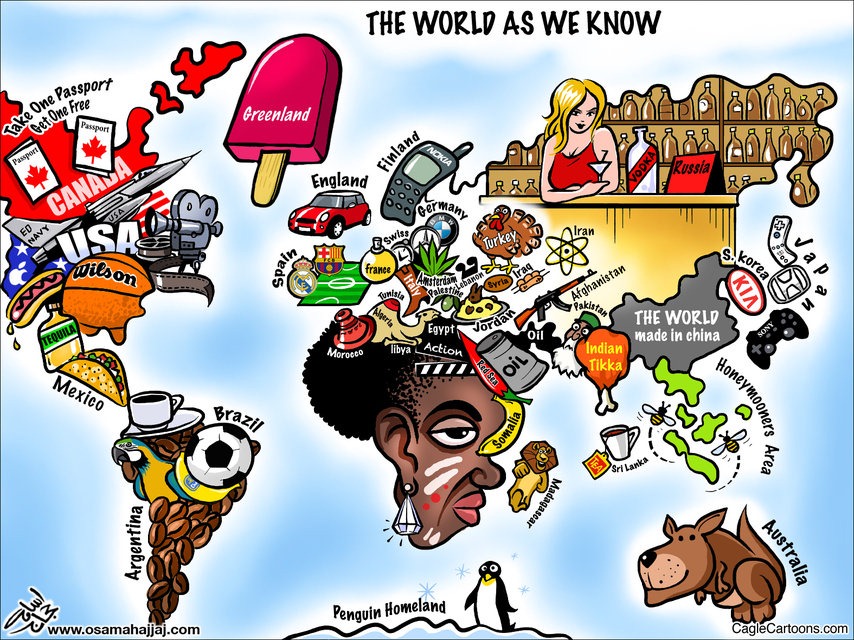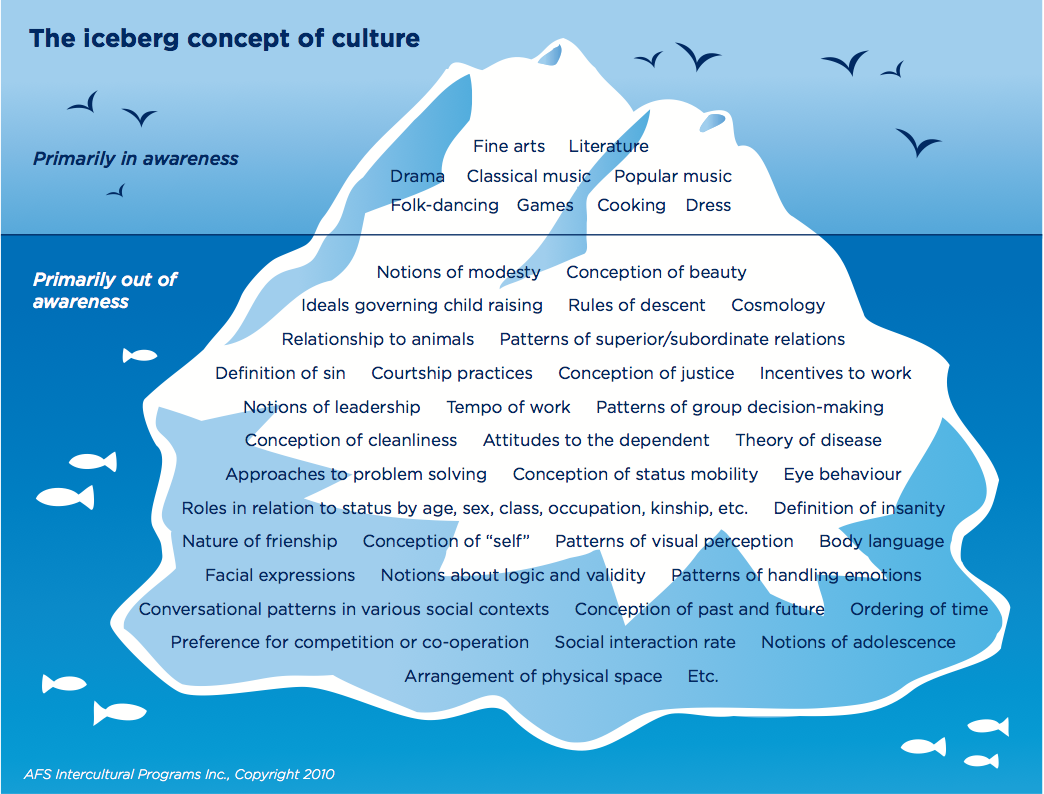When teachers and pupils start a new school year, the first periods of class are always stressful, especially when you're new in the school. Here are a few ICL activities I tested with my 9th graders last week to get to know each other. They really enjoyed it and it enhanced group cohesion. By the end of these two periods, we all knew each other's names, and even more! Very useful to promote group work before getting started on our specific subject-related course.
Session Goals:
- Develop communication skills
- Promote solidarity and respect within the group
- Promote students’ curiosity about differences
- Define themselves in terms of their cultural identity.
ACTIVITY ONE: My name's ... and I'm the only one who...
- Standing in a circle, ask students to think of something positive that makes them unique.
- Explain that once they have something in mind, they should go to the center of the circle and say “My name's... and I’m the only one who… “ (for example, I am the only one who speaks 5 languages”).
- If anyone shares this characteristic, they take a large step towards the center of the circle. If not, they stay in the same place.
- Go on a few rounds until all or most participants have shared something.
- Go back into a large circle and throw a ball (or a pencil case...!) to one student while giving his or her name and what makes him or her unique.
- This student catches the ball and then throws it to someone else he or she remembers.
- Go on a few rounds so that every student gets to throw the ball and say someone's name and unique characteristic.
- Ask participants to share something unexpected or that most caught their attention through these exercise
ACTIVITY TWO: Who are I?
-
Ask pupils to reflect what is interesting or important to know about someone else when you first meet, and brainstorm the general categories of information. For example, name, age, sex, nationality, family role, religion, age, gender, ethnicity, job/study, taste in music, hobbies, sports, general likes and dislikes and more.
-
Now explain that students are going to find out how much each of them has in common with others in the group. Explain that the first step is for each of them to draw a representation of their identity. They should think of themselves like stars or suns; aspects of their identity radiate out into their society. Ask them to consider the eight to ten most important aspects of their identity and to draw their personal star.
-
Tell students to go around and compare their stars. When they find someone else with whom they share a beam or ray, they should write that person’s name near the beam. (For example, if Jan and Parvez both have a “rapper” beam, they should write each other’s names along that beam).
-
Allow debriefing time to let students react (on the number of names they have on their stars, on the categories they have chosen, what they can choose about their personal identity and what they were born with...
ACTIVTY THREE: The world as we know it... + The Iceberg of Culture
Nationality stereotypes and representations of cultures
- Project the world map cartoon "the world as we know it" on the board and ask students to identify the representations of the different countries.

- Ask them to react to these representations: would they have chosen the same objects? Is it a realistic representation? or is it based on stereotypes? (usually students come up with this idea on their own, it is so obvious there is no need to ask the question).
- Ask students to focus on their country and to say if they recognize their culture in the object chosen. If not, ask them why and which object they would have picked.
- Project the blank iceberg and ask them where they would put their object, on the visible or the invisible part of the iceberg.
- Explain the difference between cultural behaviours and values. Show the Iceberg of Culture and what can happen when two icebergs collide.
